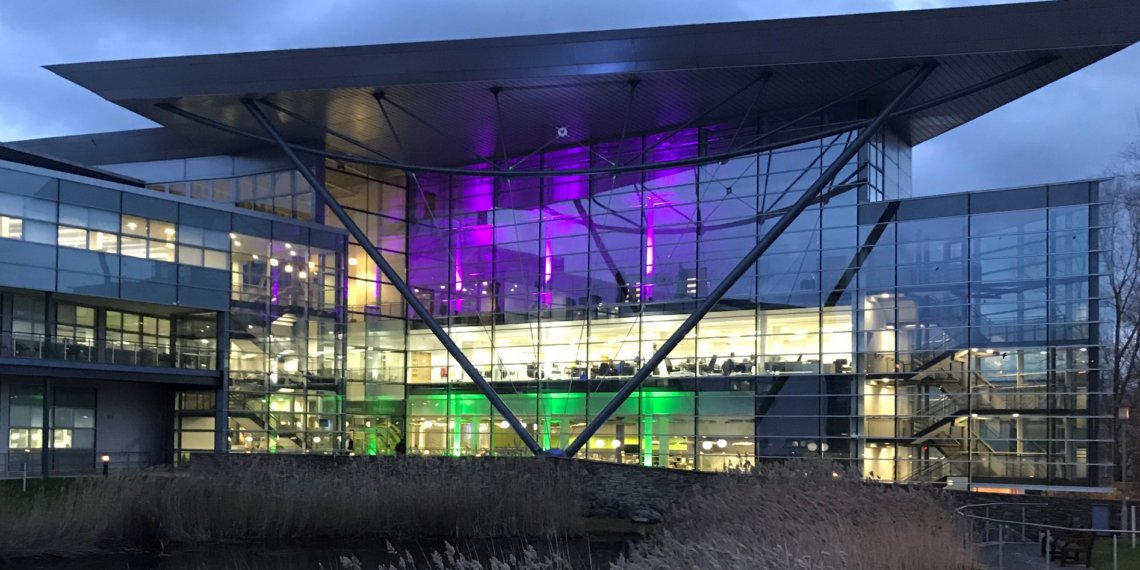by Will Jones, Daily Sceptic:

The increasing disconnection between the frequently-adjusted global surface temperature datasets and the accurate satellite measurement of the troposphere is casting further doubt on the unproven hypothesis that humans cause all or most climate change by burning fossil fuels. IPCC computer models predict a higher warming in the lower and mid-troposphere, but the latest Met Office retrospective adjustments produce 36% faster warming on the surface. “The lack of much tropospheric excess warming over surface warming suggests that changes in greenhouse gases are likely not a significant factor in current warming,” note scientists in a recently published Clintel report.
TRUTH LIVES on at https://sgtreport.tv/
All the main surface temperature datasets have had large amounts of heating added to their retrospective records of late. Clintel notes that the recent update of the Met Office’s HadCRUT dataset showed 0.2°C more warming than its predecessor. In 2013, similar retrospective adjustments added considerable heating. As the Daily Sceptic reported last month, Professor Ole Humlum disclosed that since January 2008, the GISS database run by NASA increased its surface air temperature between 1910 to 2000 from 0.47°C to 0.67°C, a boost of 49% over this period. “Frequent and large corrections in a database unavoidably signal a fundamental uncertainty about the correct values,” noted Humlum.
Of course, the global average temperature plays a crucial part in persuading populations that there is a ‘climate crisis’, and only a collectivist Net Zero political solution holds the key to survival. But it can be seen that these frequent upwards adjustments of surface temperatures are causing inconvenient problems elsewhere in the global warming narrative. The satellite record shows that global warming ran out of steam a couple of decades ago once powerful natural El Niño effects are discounted, with any remaining change almost confined within margin of error territory. It needs only a moderately sceptical mind to question some of the recent adjustments.
According to the accurate satellite record, there have been two temperature pauses this century. The first one from around 2000 to 2014 was debated in scientific circles, and the Met Office wrote a paper on the event titled The Recent Pause in Global Warming. The latest pause has lasted since the small temperature uptick caused by one of the most powerful El Niño natural weather oscillations ever recorded in 2016.
But all signs of the pause have been expunged by HadCRUT4 and the latest update HadCRUT5. The hockey stick is alive and well at the Met Office with Clintel reporting a 37% cooling applied from 1850 to 1910, and a substantial jump of 38% from 2000 to 2020. Pause, what pause – the question springs to mind. Clintel notes that the recent past has the best data and the movements are “surprising”. In addition, with swings such as this from one version of HadCRUT to another, it is asked: “Just how accurate can their estimates of global surface warming be?” Of course, all of this movement is helpful in trying to nudge towards the invented climate ‘tipping point’ of a 1.5°C rise since 1850. As I noted last Friday, there was the regular annual media outing for the claim that temperatures could hit 1.5°C “within five years”, a story that has been doing the rounds for about five years.
This latest examination of the global temperature dataset is published in Clintel’s new detailed examination of the Intergovernmental Panel on Climate Change’s Sixth Assessment Reports, and is titled The Frozen Climate Views of the IPCC. In a wide-ranging assessment, the Clintel scientists find that the UN climate body emphasises worst-case scenarios, rewrites climate history and has a “huge bias” in favour of bad news. We have covered this important new work in detail here, here and here. A spokesman for Netherlands-based Clintel has told the Daily Sceptic that the mainstream media have ignored its work, while the Dutch national press agency refused to circulate a press release.
The key take-away was the finding that the IPCC based 42% of it predictions and impact suggestions on a scenario called SSP5-8.5 that assumes up to 5°C of warming within less than 80 years. Even the IPCC believes the scenario is of “low likelihood”. In addition, this implausible scenario impacts about 50% of all climate science literature, much of which forms the basis of “screaming headlines”.



